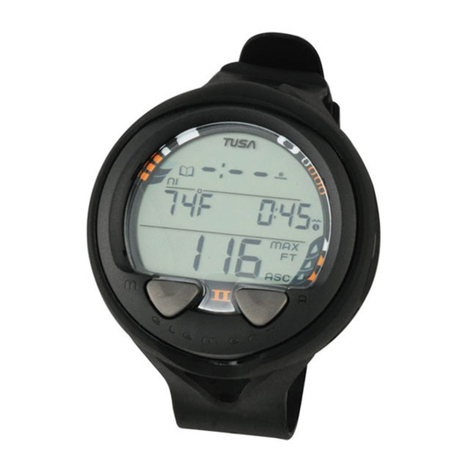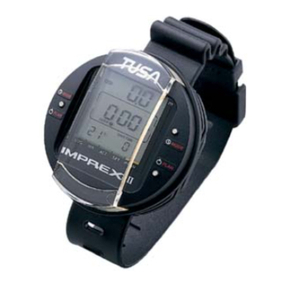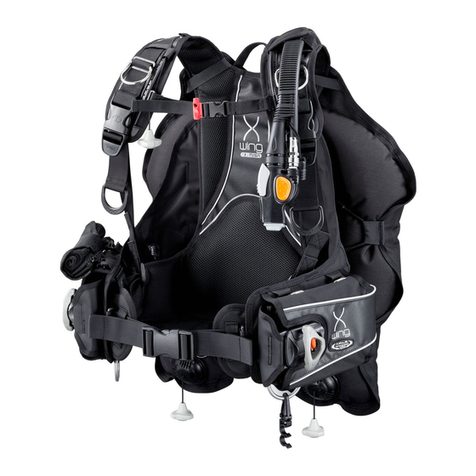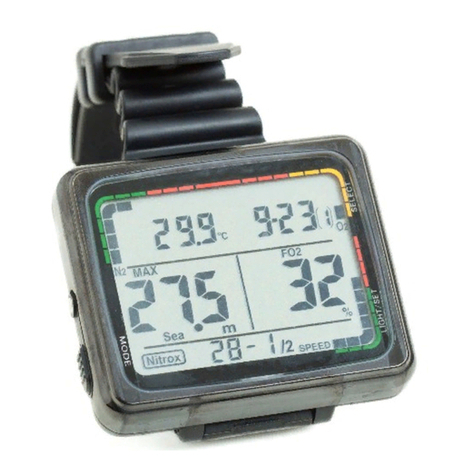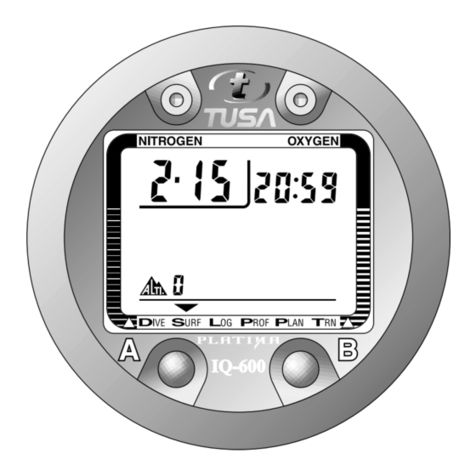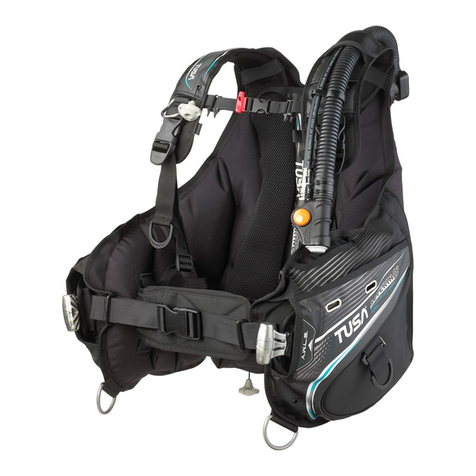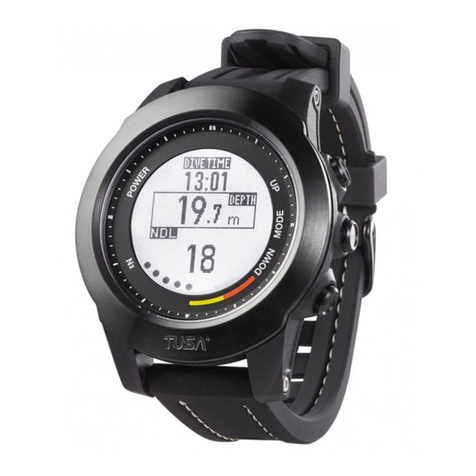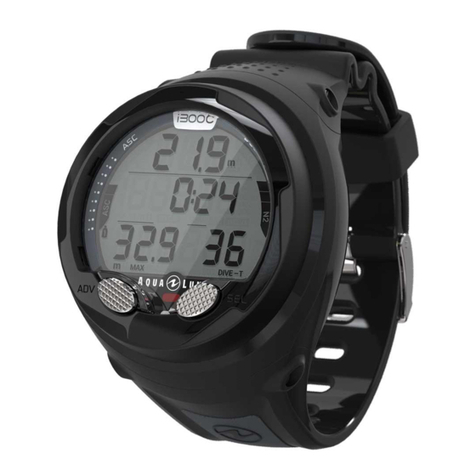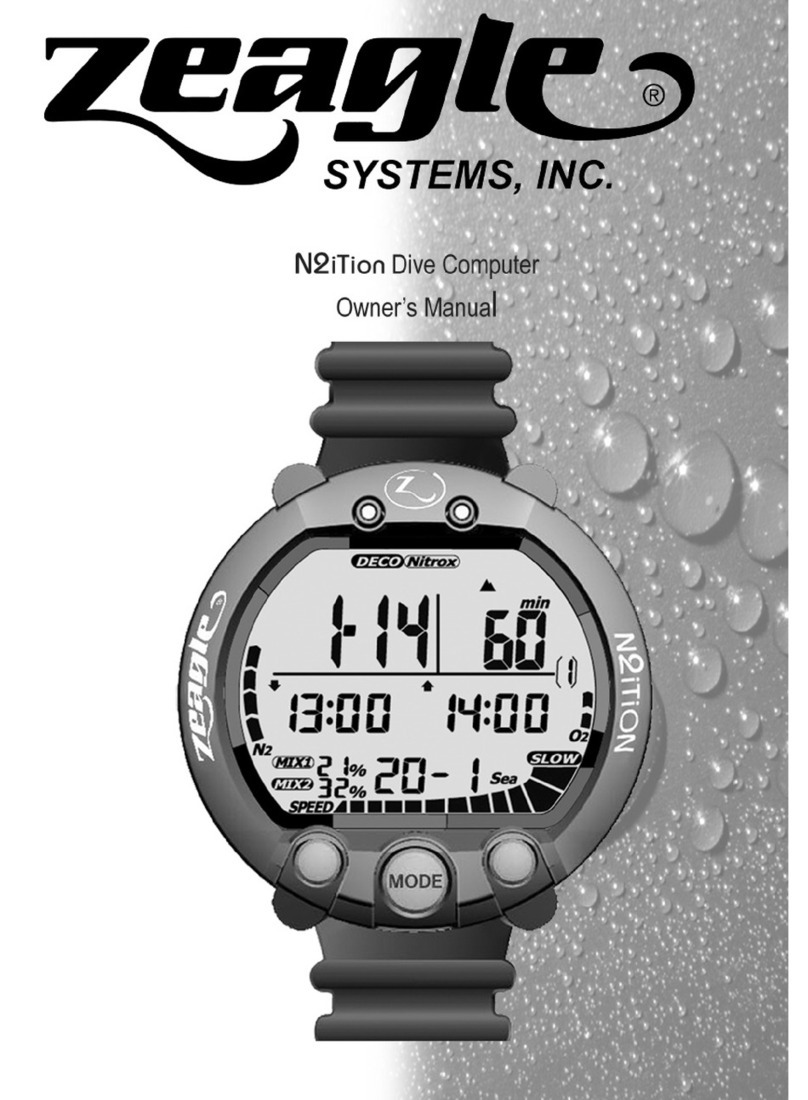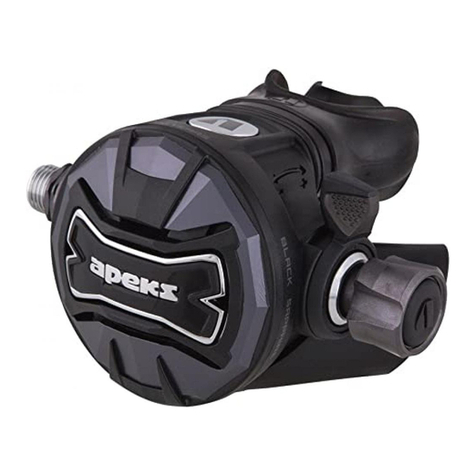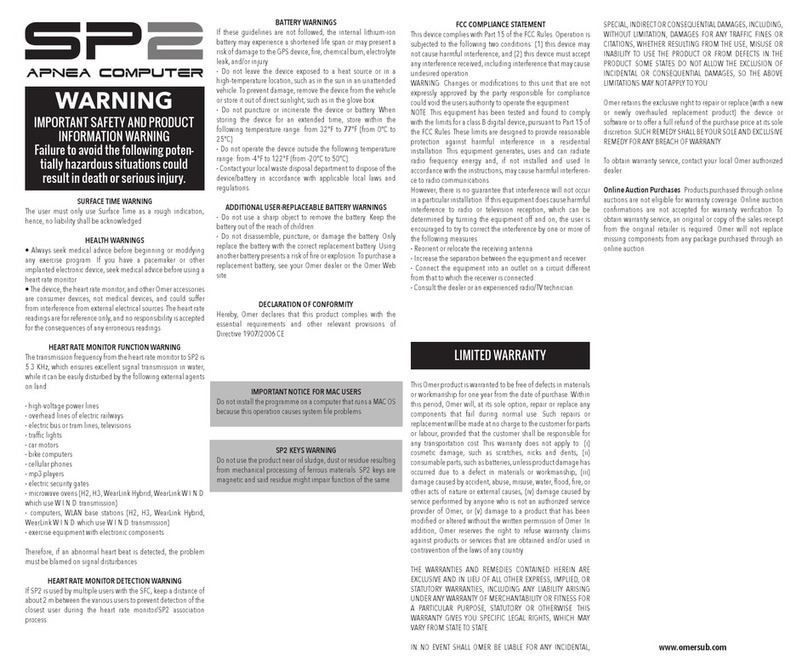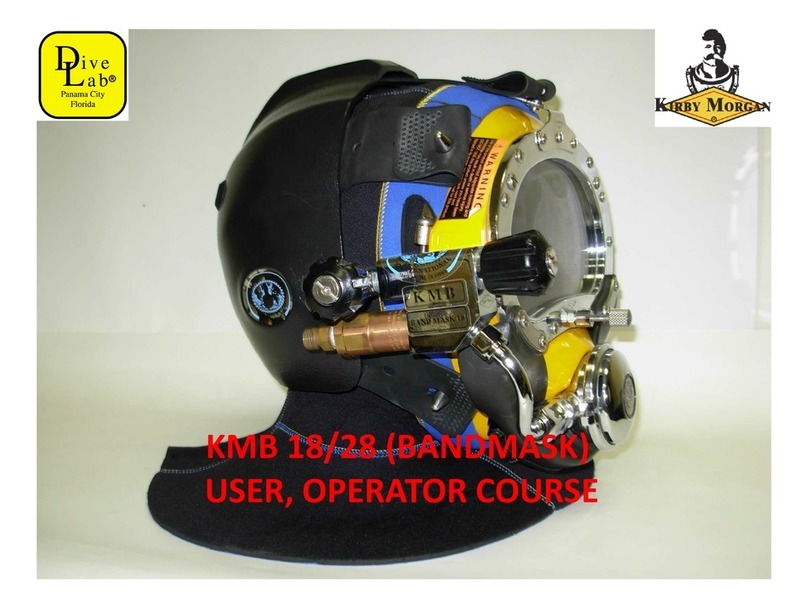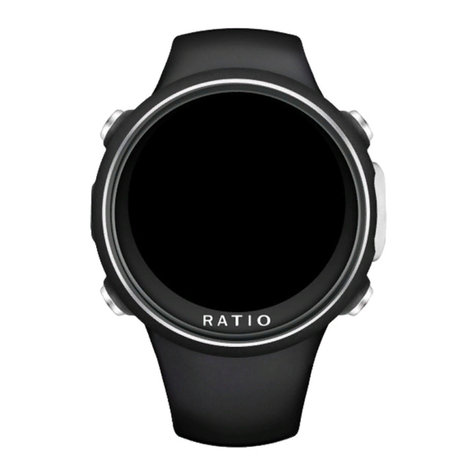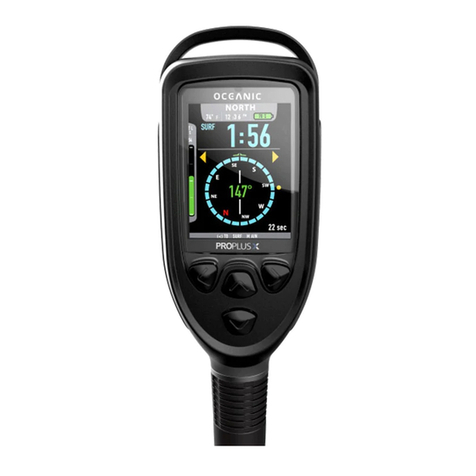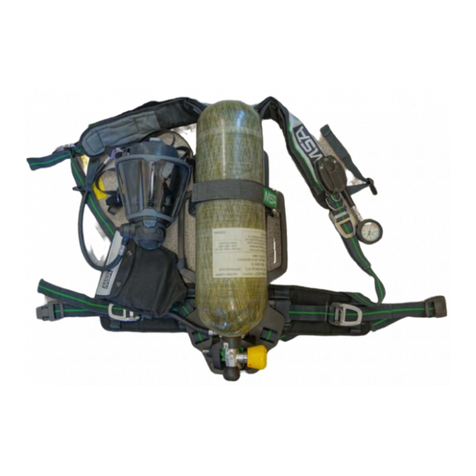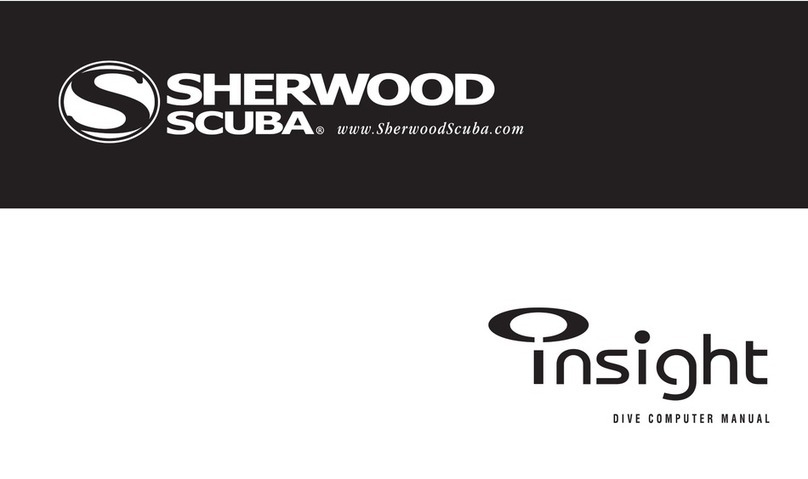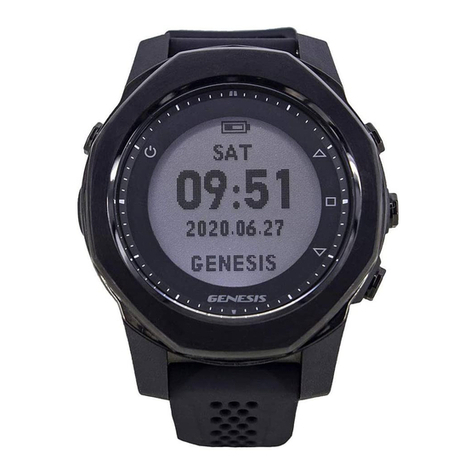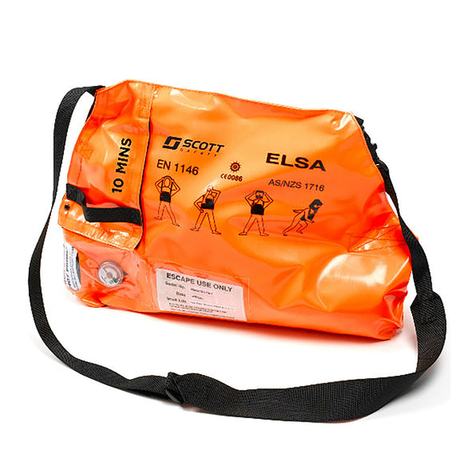SECTION I
WARNING READ CAREFULLY
Unless otherwise specied TUSA regulators should be used only with open circuit
compressed air breathing equipment. Its use with oxygen-enriched air is not autho-
rized and is dangerous. The compressed air must be in compliance with the stan-
dard EN 12021.
Before any attempt is made to use this regulator underwater, you MUST have re-
ceived training and CERTIFICATION in the technique of sport diving from a recog-
nized certication agency. Use of this equipment by a person who is not certied by
a recognized agency shall render all warranties, express or implied, null and void.
Use of regulators by uncertied or untrained persons is dangerous and can result in
severe injury or death. This regulator is not intended for commercial use with surface
supplied air.
Before each use, the regulator must be given a thorough visual inspection and func-
tional test. NEVER dive with a regulator which shows signs of damage or provides
substandard performance.
Always use regulator as designated combination of rst stage and second stage. As
inappropriate combination of rst and second stages may result deterioration of per-
formance, do not connect other second stage to these (R-300, 400, 500, 600, 700,
800, 800S, 1000) rst stages or vice versa.
Repair, servicing, or addition of accessories (e.g. pressure gauge) to this regulator is
to be performed ONLY by a qualied TUSA Service Facility. The HP and LP outlets
of the rst stage have intentionally been tted with different threads to prevent the
possibility of incorrect tting of accessories.
Always apply pressure to the regulator gradually by opening the cylinder valve
SLOWLY,
NEVER lubricate any part of the regulator (especially the rubber O-ring seal between
the cylinder valve and regulator) with a hydrocarbon-based lubricant.
Notice:
Model RS-340, 350, 460, 520, 530, 560, 670, 680, 760, 790, 811, 811S, 812, 812S
860, and 1001 are intended to be used up to a 50 meter (164 feet) maximum
water depth only.
Model RS-340, 350, 520, 530, 560, 670, 680, 811, 811S, 812, 812S, and 860 are
restricted to be used above the water temperature 10°C.
Model RS-460, 760, 790, and 1001 can be used in temperatures less than 10°C.
